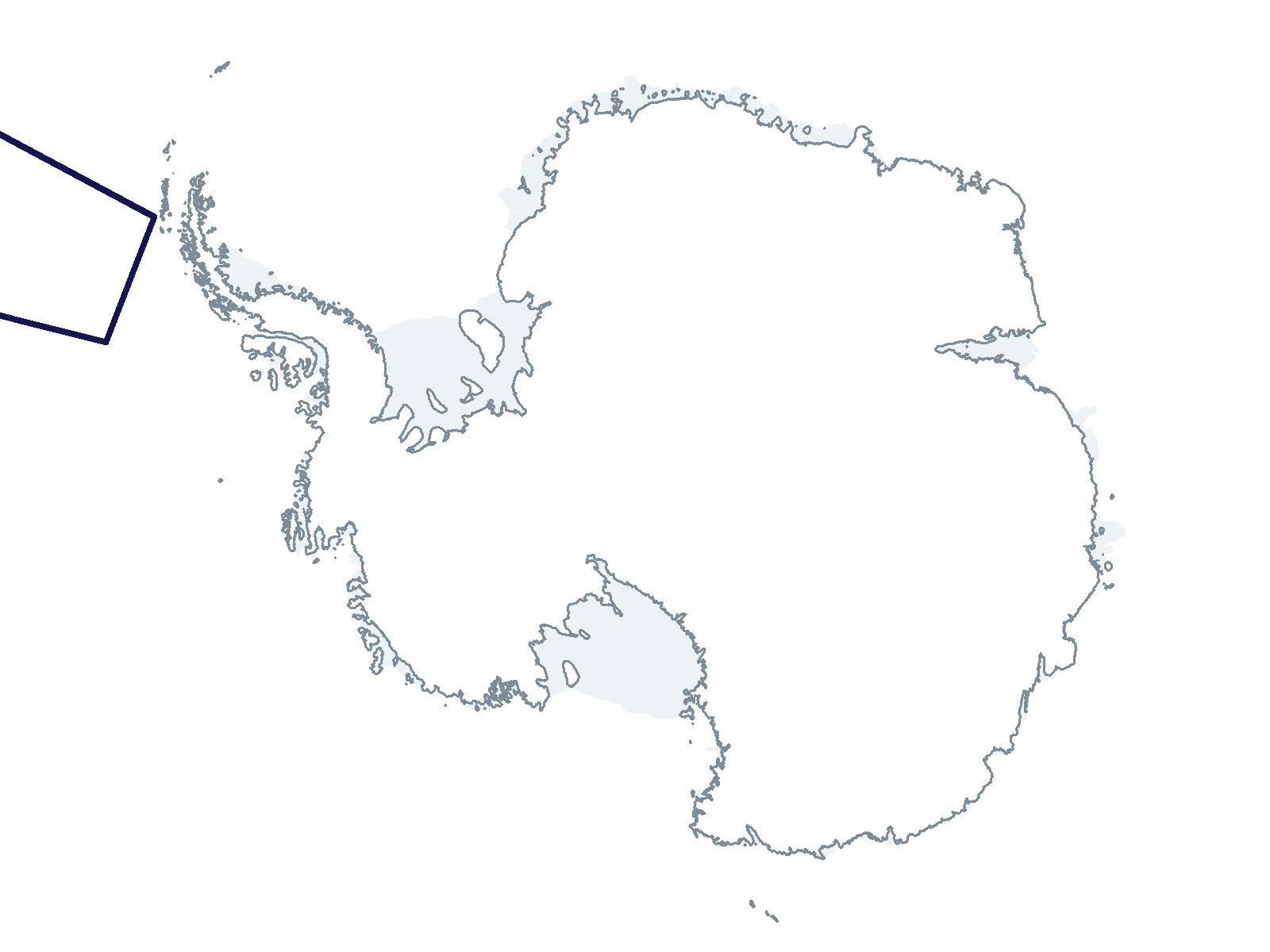2022-2023 USAP Field Season
Project Detail Project TitleUniversity of Hawaii Data Acquisition System (UHDAS) support Summary
Event Number:
Program Director:
ASC POC/Implementer: Principal Investigator(s)
Dr. Julia M Hummon
Location
Supporting Stations: RV/IB Nathaniel B. Palmer DescriptionThis project consists of the maintenance of Acoustic Doppler Current Profiler computer system on the RV/IB Nathaniel B. Palmer. Port calls are required every one to two years to service these systems. Typically, this consists of upgrading or re-installing the UHDAS software on the shipboard data processing computers. Occasionally this will require hardware upgrades that require pre-approval by the U.S. National Science Foundation to ensure the costs are covered by the grant. These computers are used to manage and post-process data. Field Season OverviewThis project will provide software and support for the ADCP computer systems on the LMG and NBP. Approximate biennial upgrades will occur during scheduled port calls. During these maintenance port calls, the system is tested extensively, which requires the ability to active ping the sonars in port to ensure proper system function. Testing these systems requires activating the sonars at the pier for four or five cycles of up to 10 minutes each. They expect to visit the LMG soon after it comes out of drydock, to be able to visit both LMG and Palmer on the same trip. |
2022-2023 Science Planning Summary



For USAP Participants |
For The Public |
For Researchers and EducatorsContact UsU.S. National Science FoundationOffice of Polar Programs Geosciences Directorate 2415 Eisenhower Avenue, Suite W7100 Alexandria, VA 22314 Sign up for the NSF Office of Polar Programs newsletter and events. Feedback Form |


